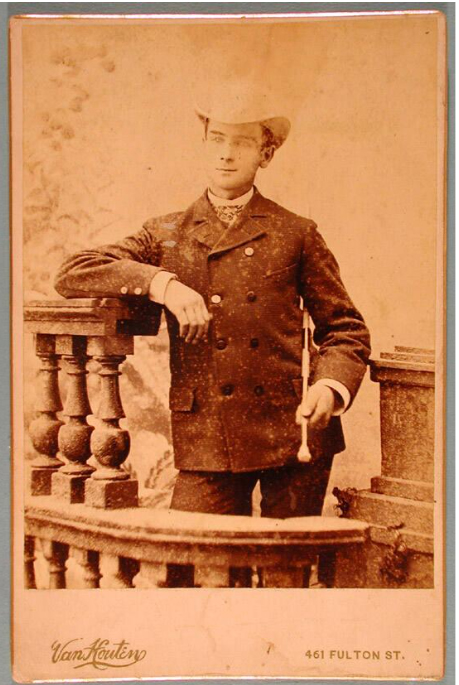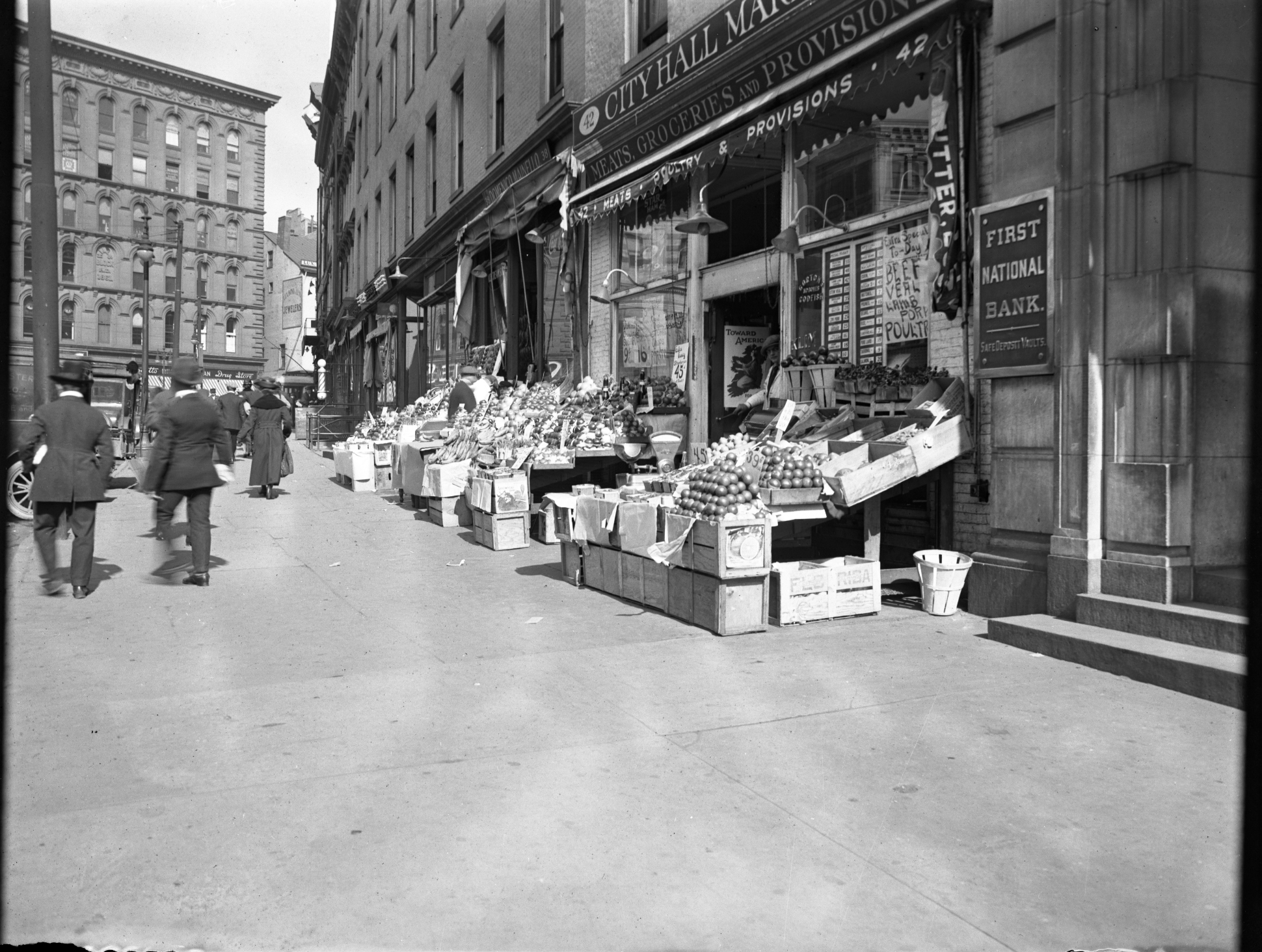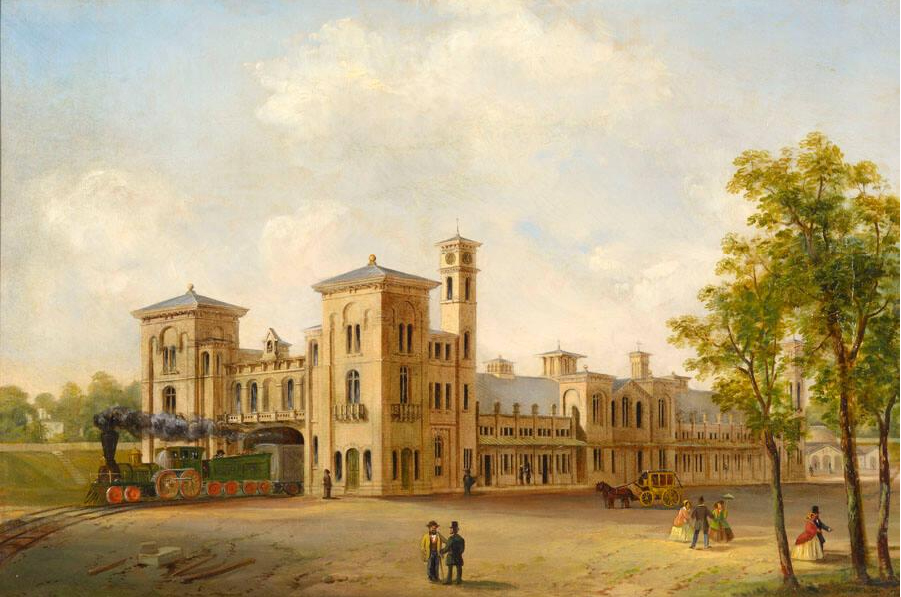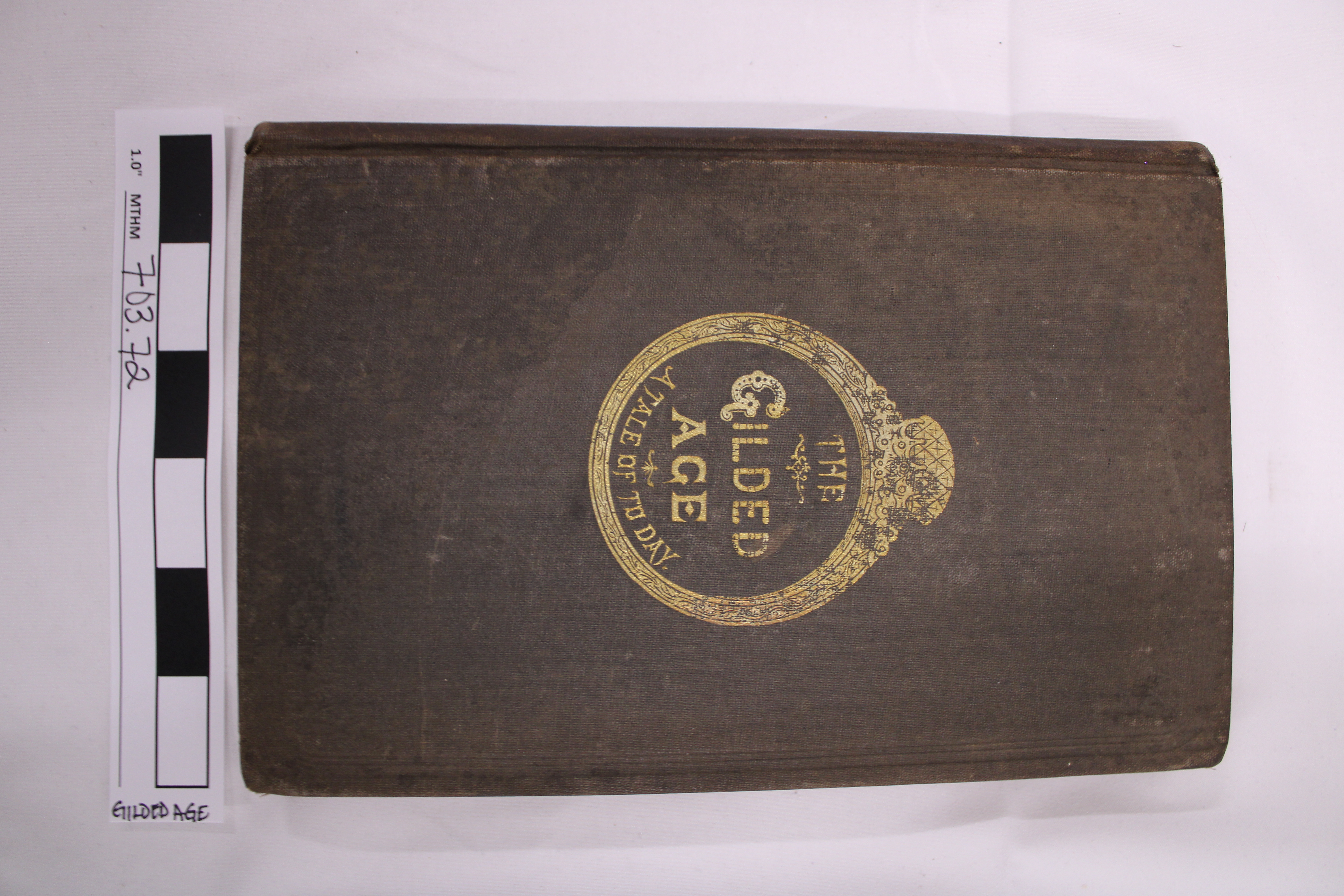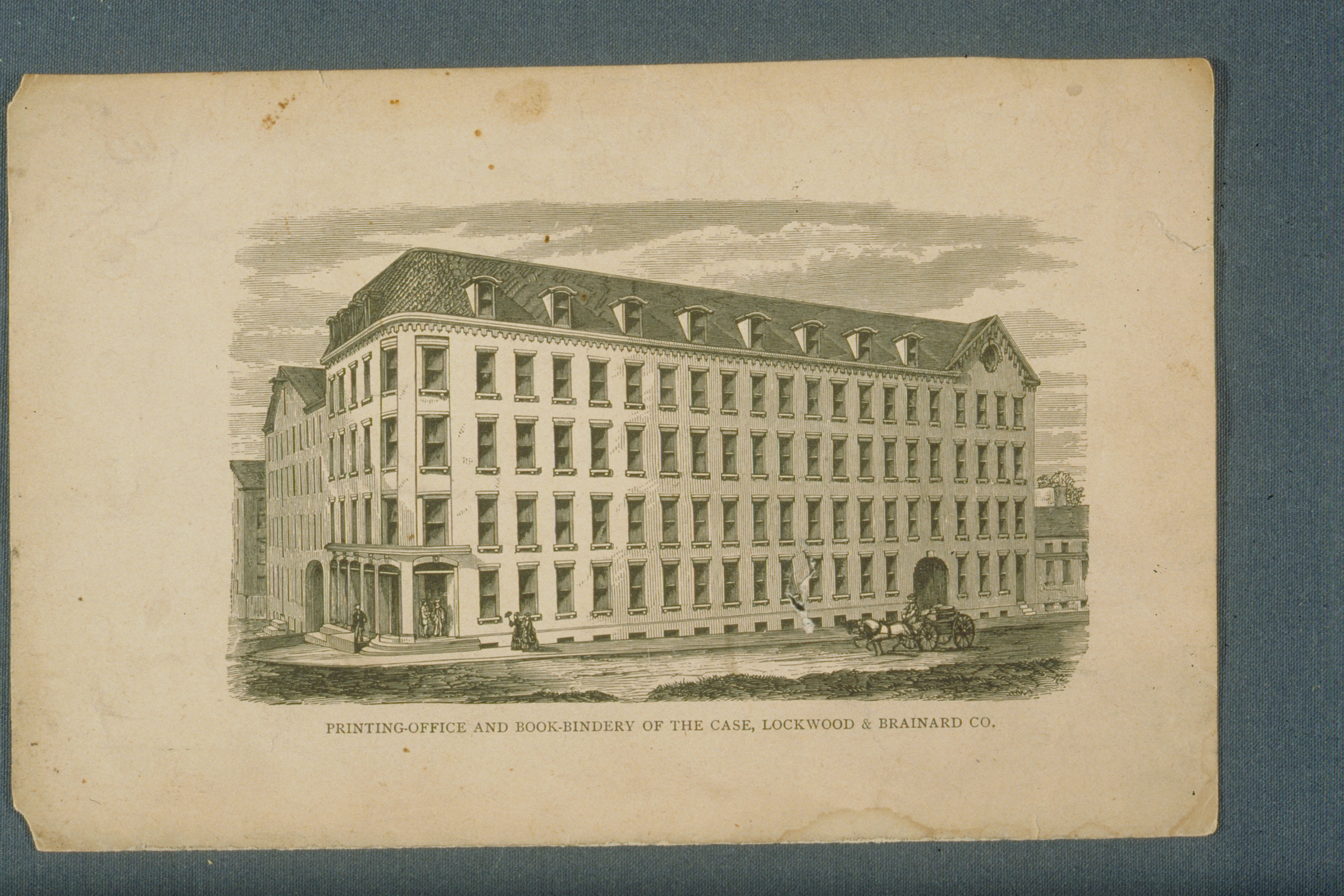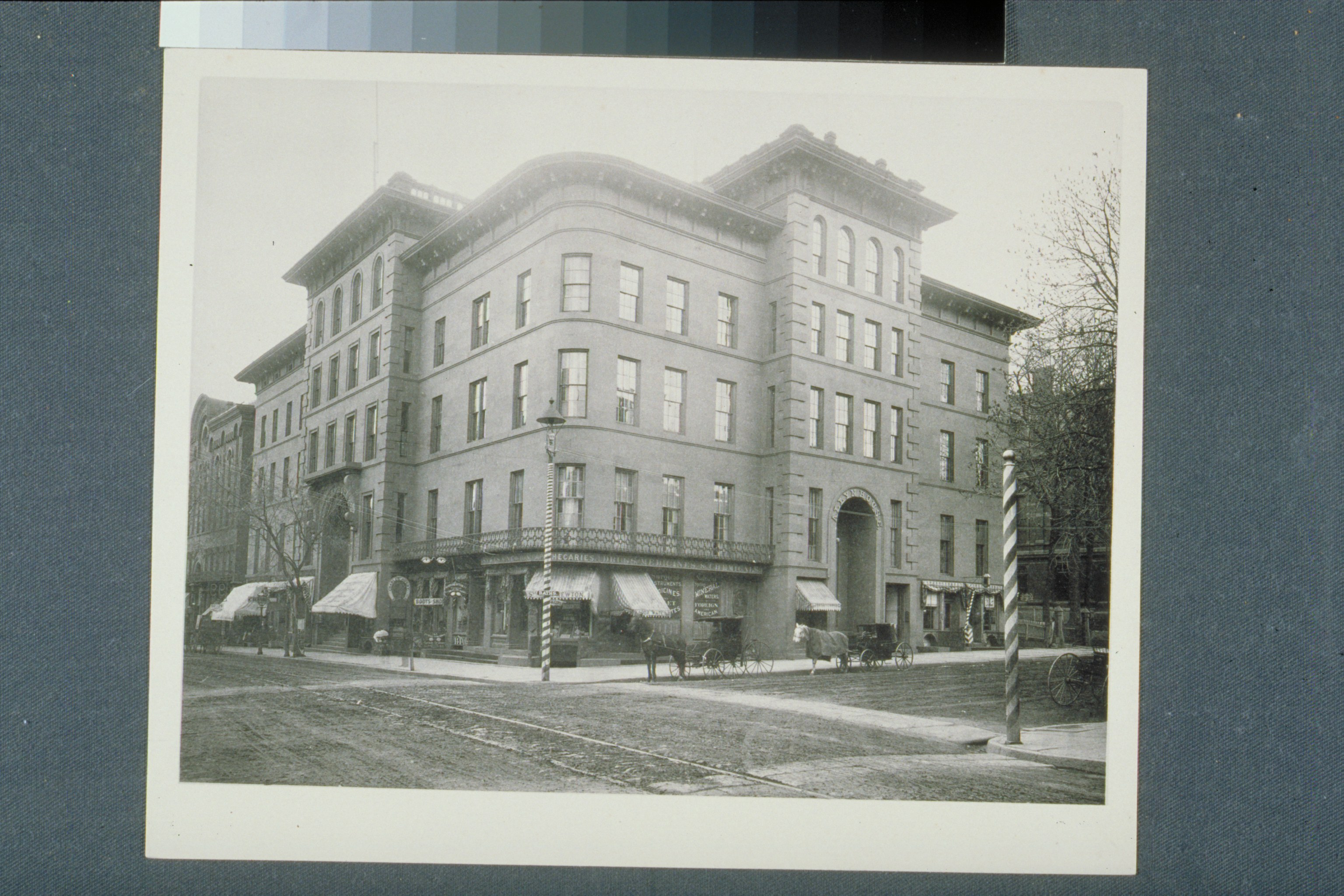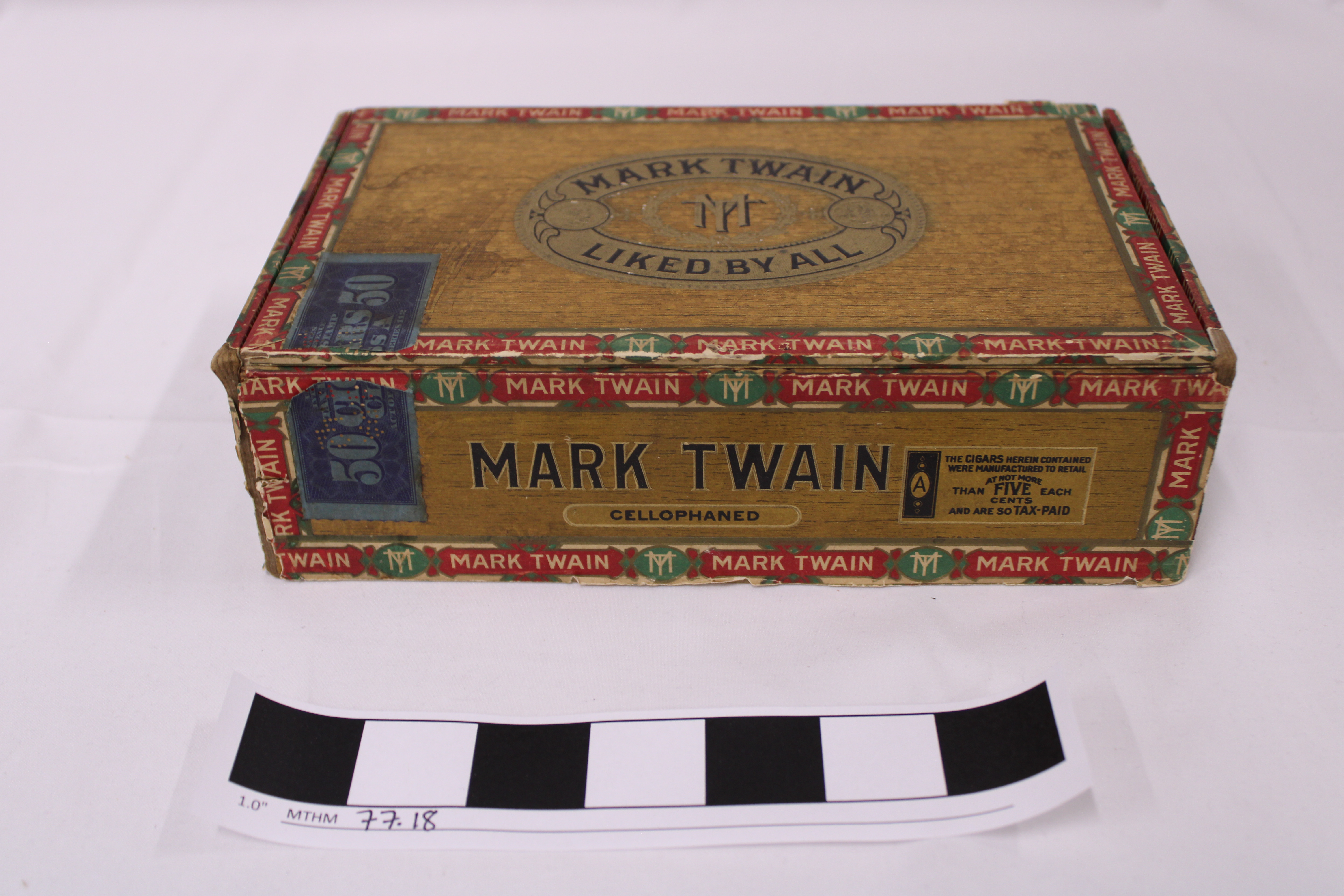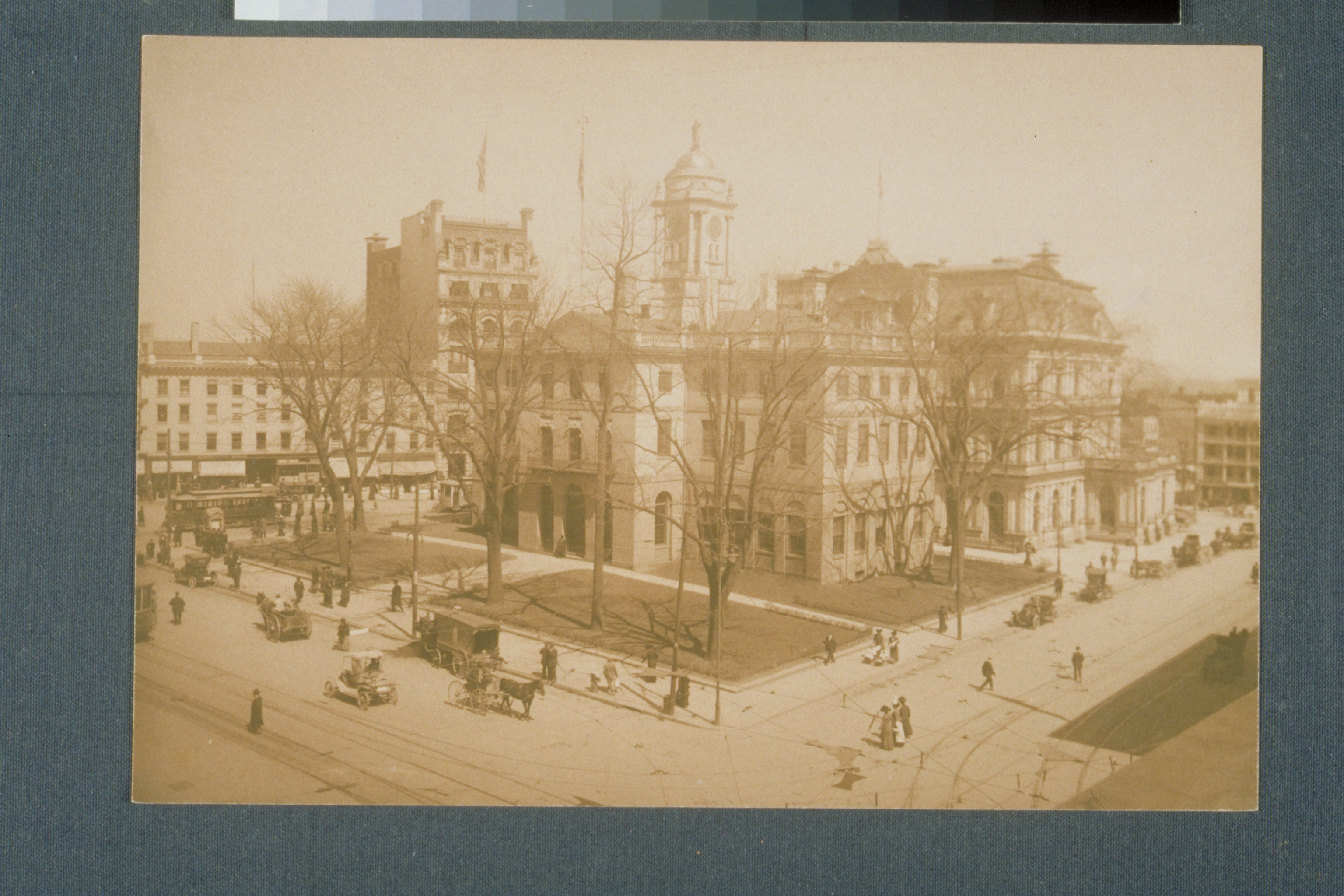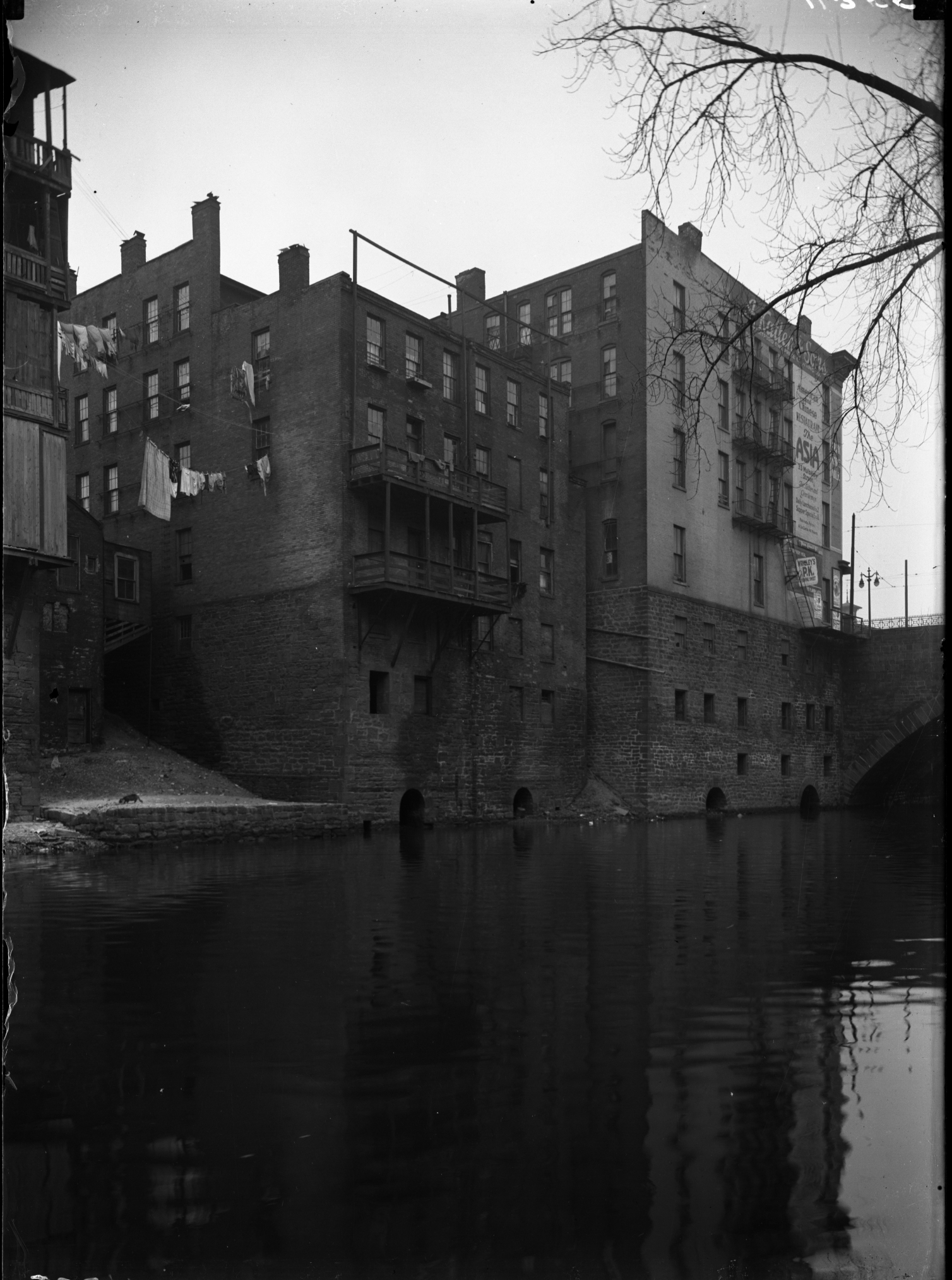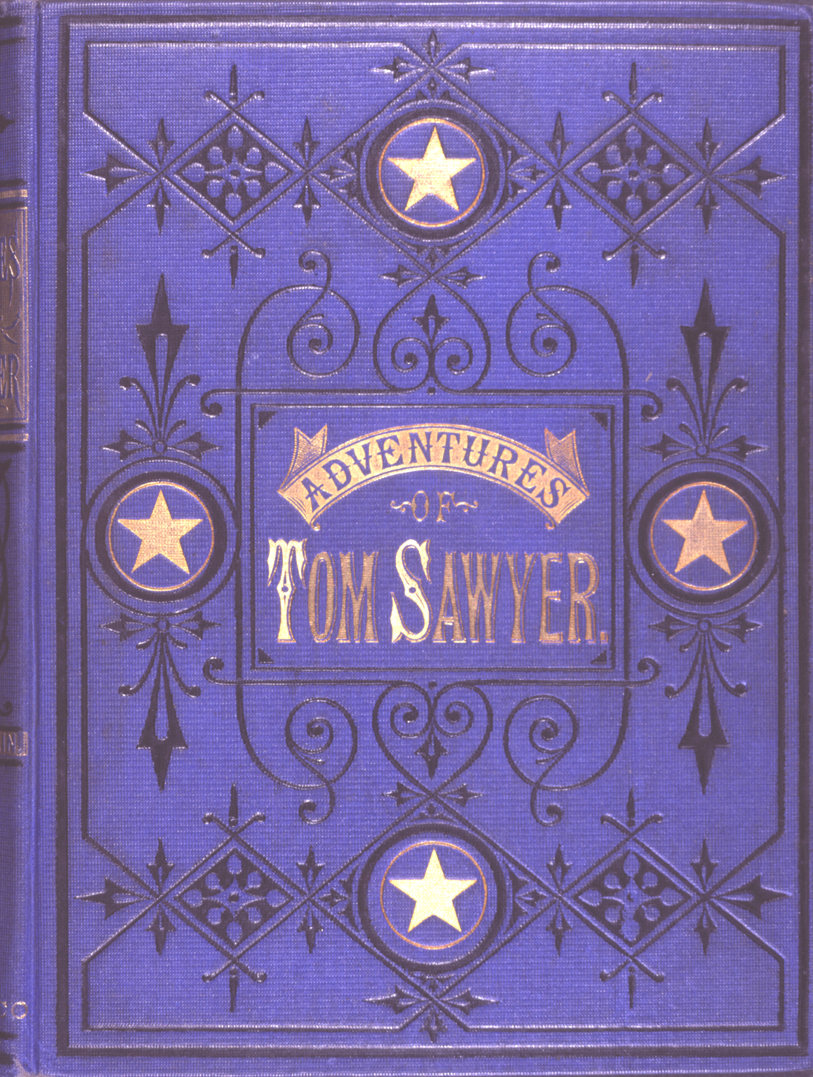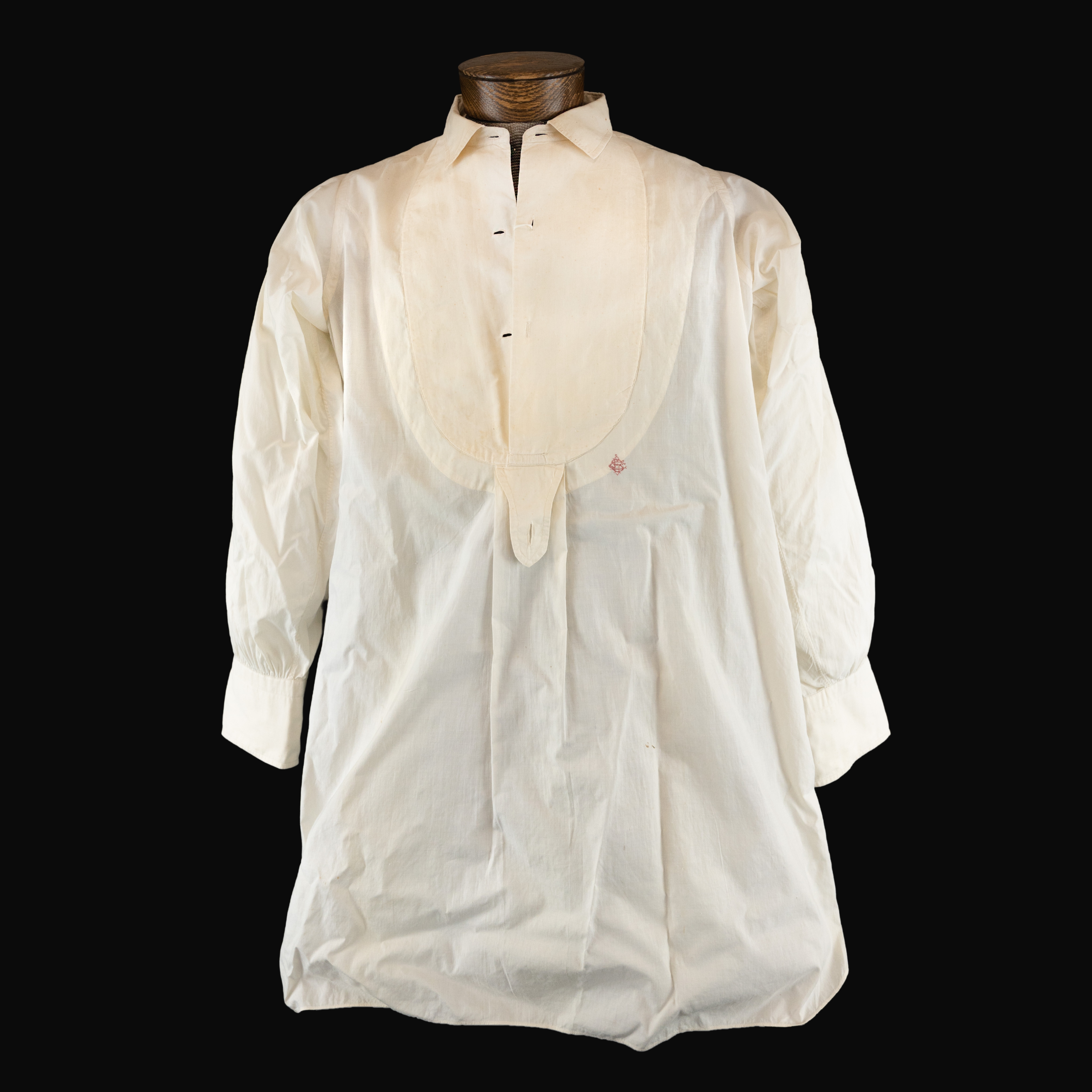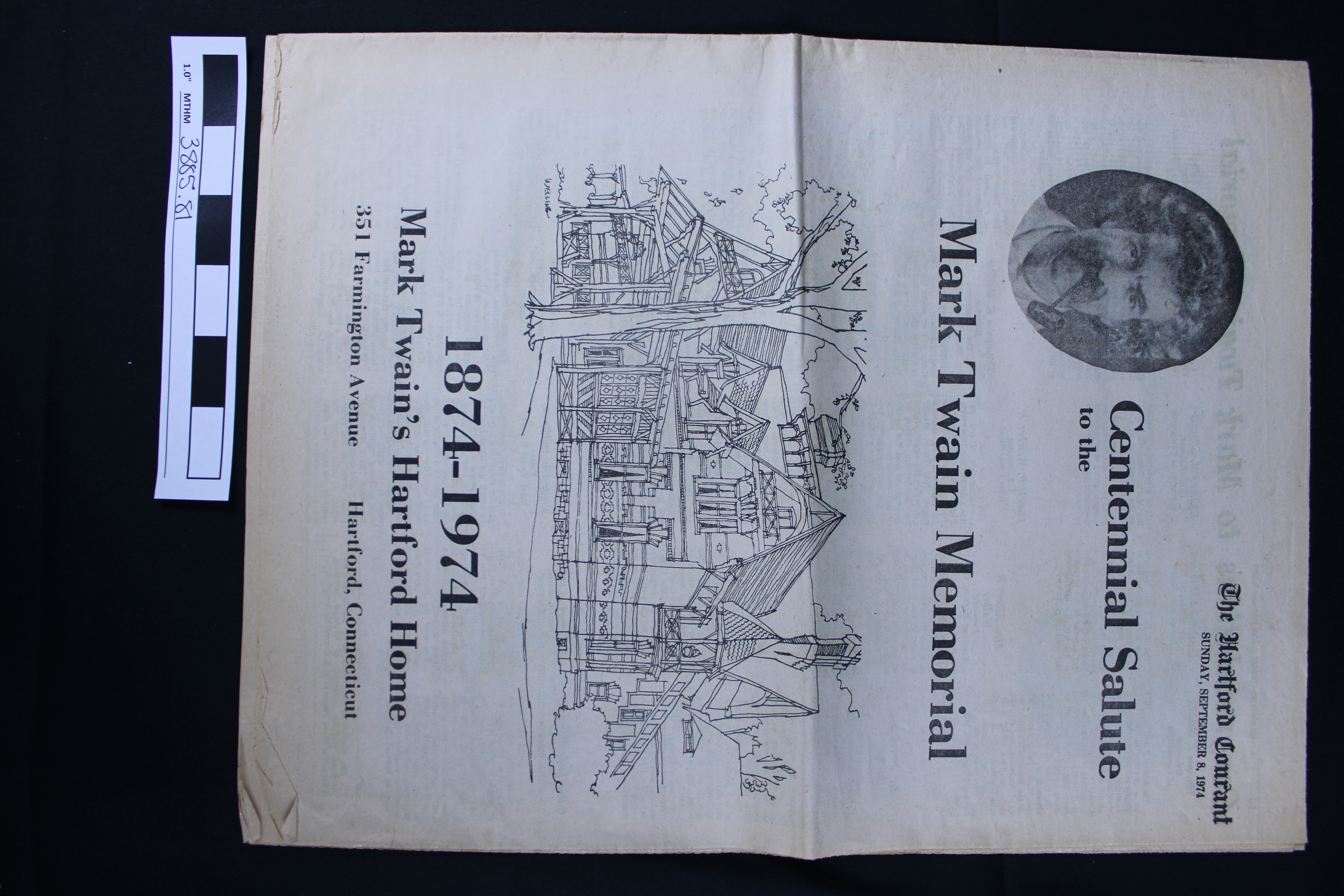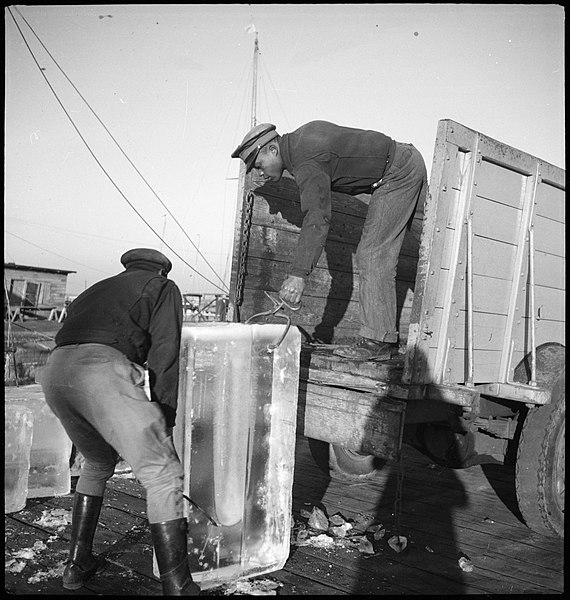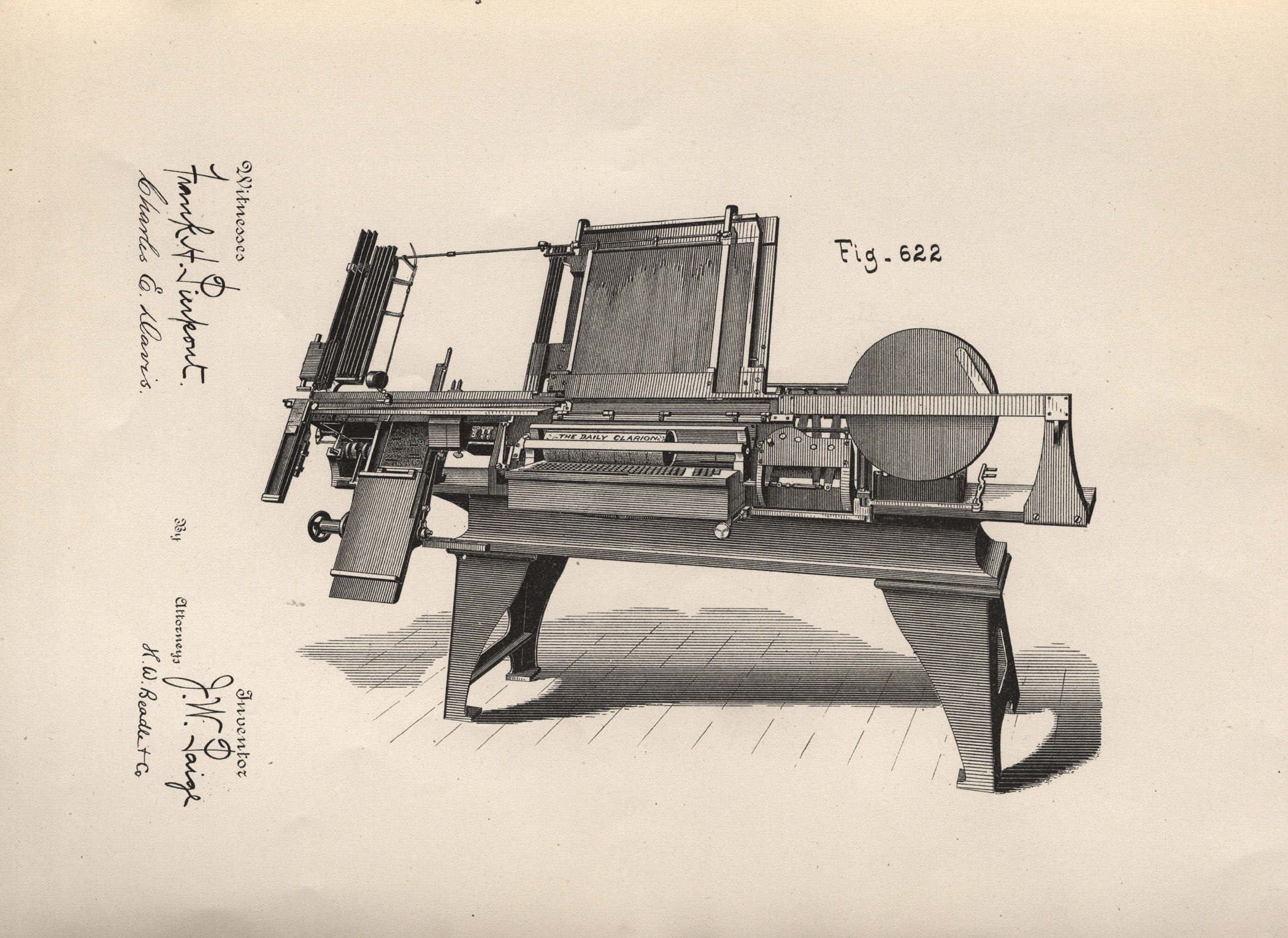EP & Wm. Kellogg - main street side of Gold Building
The brothers William and Edwin Kellogg opened a photography studio in several buildings along Main Street in Hartford and operated their business for over thirty years, quite a successful feat. Their studio was known to have the latest and greatest developments and advancements in photography. The topics and subjects they photographed varied from distinguished Hartford residents like Mark Twain to industrial photography at the Hartford factory, Woodruff & Beach, documenting the completion of the engine for the USS Kearsarge launched in 1861 for the Union navy at the beginning of the Civil War.
Not only did the Kellogg brothers photograph Mark Twain, but also the exterior of his interesting and intriguing home on Farmington Avenue. He may have recommended the Kelloggs to his good friend Reverend Joseph Twichell who also sat to have his image taken by the duo.
Photography at this time was a new technology and not yet recognized as a “true” art form. Photographs weren’t always trusted to be real or an accurate depiction of the world with some questioning if what they were seeing was manipulated in some way. Sound familiar? During the Civil War photography was used to show the grim reality of war, death and destruction to the masses. Civil War photographer Matthew Brady is considered the first “famous photographer” and helped to promote the art form. During the Gilded Age, the period after the war, wealthy people started to use this technology to document their lives, homes, and place in the world. Quickly photography started to replace the “noble arts” of drawing, painting, and sculpture to document the likeness of the wealthy. And as photography technology advanced, it became cheap and fast enough that even the non-wealthy were able to have their photograph taken. There was a rapid increase in visual evidence of the people, landscape, and built world that are the ancestors of today’s selfies, food photography, and “snapshots” we take on vacation.
Clemens was an early adopter, sitting for portraits and candid shots with almost every major photographer of the era. He also had images taken of his home and family life to accompany articles about him in Harper’s Bazaar and other magazines and newspapers. Clemens, ever the hustler, grasped the power of a carefully crafted image and quickly established a visual brand for Mark Twain in the public mind.

